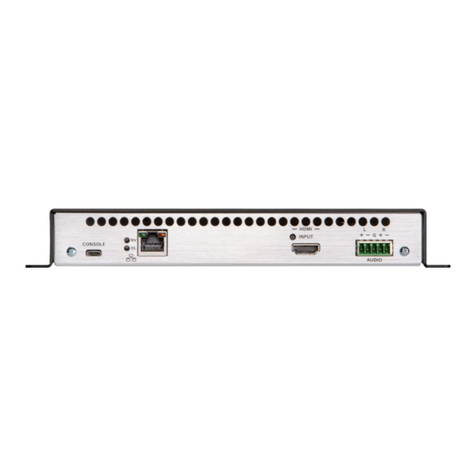NOSHOK 800 Series User manual

800 Series
Electronic Indicating
Pressure Transmitter/Switch
Operating Instructions

1. General information

Table Of Contents
Declarations of conformity can be found online at www.noshok.com.
1. General information 4
2. Design and function 5
3. Safety 7
4. Transport, packaging and storage 10
5. Usage, operation 11
6. Faults 21
7. Maintenance and cleaning 24
8. Dismounting, return and disposal 25
9. Specications 27
10.
Accessories and spare parts
34

1. General information
4
The pressure transmitter/switch described in these operating instructions has been designed and
manufactured using state-of-the-art technology. All components are subject to stringent quality and
ISO 9001:2015.
These operating instructions contain important information on handling the instrument. Working
safely requires that all safety instructions and work instructions are observed.
Observe the relevant local accident prevention regulations and general safety regulations for the
instrument’s range of use.
The operating instructions are part of the product and must be kept in the immediate vicinity of the
instrument and readily accessible to skilled personnel at any time.
Skilled personnel must have carefully read and understood the operating instructions prior to
beginning any work.
The manufacturer’s liability is void in the case of any damage caused by using the product contrary
The general terms and conditions contained in the sales documentation shall apply.
Further information:
www.noshok.com
T: 440.243.0888
F: 440.243.3472

2. Design and function
5
2.1 Scope of delivery
Pressure transmitter/switch
Operating instructions
Test report
Cross-check scope of delivery with delivery note.
2.2 Overview
1INFO button
2Digital indicator
3Status display, switching outputs
4MENU button
5Confirmation button
6Electrical connection
Process connection, spanner flats
8Process connection, thread

6
4-digit LED display
Display of pressure value
Display of menu item
Display of parameter
Status of switching output 1
Status of switching output 2 (optional)
Display mode
▶Short press
Display of unit
▶Long press
Display of the set parameters, see
chapter 5.7 “Parameters”
Programming mode
▶Short press
Menu up
Parameter value up (step-wise)
▶Long press
Menu up
Parameter value up (fast)
Display mode
Short press
Display of unit
Long press
Jumping into the programming mode
Programming mode
Short press
Menu down
Parameter value down (step-wise)
Long press
Menu down
Parameter value down (fast)
Display mode
Short press
Display of unit
Programming mode
Short press
Selection of menu item
2.1 Display and operating unit
2. Design and function

7
3. Safety
3.1 Explanation of symbols
WARNING!
... indicates a potentially dangerous situation that can result in serious injury or death, if not avoided.
CAUTION!
... indicates a potentially dangerous situation that can result in light injuries or damage to property or
the environment, if not avoided.
WARNING!
... indicates a potentially dangerous situation that can result in burns caused by hot surfaces or liquids,
if not avoided.
Information
3.2 Intended use
The instrument has been designed and built solely for the intended use described here, and may only be used
accordingly.The manufacturer shall not be liable for claims of any type based on operation contrary to the intended
use.
Intended use
The 800 Series Pressure Transmitter/Switch is used for the switching of circuits as a function of the measured
The switching conditions can be programmed directly at the pressure transmitter/switch (switch and reset points,etc.).
This is a class B instrument for emissions and is intended for use in industrial environments. In other environments,
e.g. residential or commercial installations, it can intefere with other equipment under certain conditions. In such
circumstances the operator is expected to take the appropriate measures.

8
Application areas
Only use the pressure transmitter/switch in applications that lie within its technical performance limits (e.g. max.
ambient temperature, material compatibility, etc.).
Technical restrictions
The overload pressure must never be exceeded, even when failures occur in the end-use application. Loadings
above the overload safety can cause measuring errors.
Pressure surges below the nominal pressure and shorter than 1 ms can cause measuring errors.
For applications where pressure spikes can occur, the use of a restrictor is recommended. The restrictor narrows
the pressure port to 0.3 mm and thus increases the resistance against pressure spikes.
With a high ambient temperature and a high UV irradiation, the pressure transmitter/switch must be installed with
additional covering in order to avoid damage to the digital indicator and buttons.
The medium temperature at the instrument must not exceed 185 °F (85 °C). With hotter media, a cooling element
can provide a solution (see chapter 10 “Accessories and spare parts”).
3.3 Personnel qualication
Skilled personnel
regulations, current standards and directives, are capable of carrying out the work described and independently
Special operating conditions require further appropriate knowledge, e.g. of aggressive media.
3. Safety

9
3. Safety
3.4 Use of accessories and spare parts
It is recommended to use original accessories and original spare parts from NOSHOK. Using accessories and spare
parts from third parties can lead to damage to the instrument or accidents, due to quality defects or other reasons.
NOSHOK assumes no liability for damage or accidents caused by a malfunction or unsuitability of accessories and
spare parts which do not originate from NOSHOK (e.g. non-compliance with the IP ingress protection of connectors).
No warranty claims can be made which arise due to a malfunction or unsuitability of any accessory or spare part from
a third party.
3.5 Labeling, safety marks
Product label
If the serial number becomes illegible (e.g. due to mechanical damage or overpainting), traceability will no longer be
possible.
S# Serial no.
P# Product no. Approvals
Measuring range Coded date of manufacture
IO-Link version (option)
Symbols
Before mounting and commissioning the instrument, ensure you read the operating instructions!
www.noshok.com
800 Series

10
4. Transport, packaging and storage
In order to avoid damage at the diaphragm and/or the process connection thread, remove the
protection cap by hand only just before installation.
Keep the protection cap for subsequent storage or transport.
Fit the protection cap before dismounting and transporting the instrument.
4.1 Transport
additionally check the diaphragm for any optical damage. Obvious damage must be reported immediately.
4.2 Packaging and storage
Do not remove packaging until just before mounting.
Keep the packaging as it will provide optimum protection during transport (e.g. change in installation site, sending
for repair).
Permissible conditions at the place of storage:
Storage temperature: -4 °F - 158 °F (-20 °C - 70 °C)
Humidity: 45 - 75 % relative humidity (no condensation)
In order to protect the diaphragm, mount the protection cap before storing the instrument.

11
5. Usage, operation
5.1 Check the instrument
Prior to usage, the pressure switch must be subjected to a visual inspection.
Only use the pressure transmitter/switch if it is in perfect condition with respect to safety.
Check the diaphragm for any visible damage, since this is a safety-relevant component.
5.2 Requirements for mounting point
The mounting point must meet the following conditions:
With a high ambient temperature and a high UV irradiation, the pressure transmitter/switch must be installed with
additional covering in order to avoid damage to the digital indicator and buttons.
Sealing faces are clean and undamaged.
Permissible ambient and medium temperatures remain within the performance limits. Consider possible restric-
tions on the ambient temperature range caused by mating connector used.

12
5.3 Mechanical mounting
The max. torque depends on the mounting point (e.g. material and shape). If you have any questions,
please contact our factory.
instructions.
1.
2
.
At the mounting point, screw the pressure transmitter/switch in hand-tight.
3
.
Sealing variants
Parallel threads
Seal the sealing face with flat gasket, lens-type
sealing ring or NOSHOK profile sealing.
per EN 837 per DIN 3852-E
Tapered threads
Wrap threads with sealing material (e.g. PTFE
tape).
NPT, R and PT
5. Usage, operation

13
5. Usage, operation
5.4 Electrical mounting
5.4.1 Requirements for voltage supply
The power supply for the pressure transmitter/switch must be made via an energy-limited electrical circuit in
accordance with section 9.4 of UL/EN/IEC 61010-1, or an LPS per UL/EN/IEC 60950-1 / CSA C22.2 no. 60950-1, or
class 2 in accordance with UL1310/UL1585 (NEC or CEC). The voltage supply must be suitable for operation above
2,000 m should the pressure transmitter/switch be used at this altitude.
5.4.2 Requirements for electrical connection
Ingress protection of the mating connector corresponds to the ingress protection of the pressure transmitter/
switch.
Cable diameter matches the cable bushing of the mating connector.
Cable gland and seals of the mating connector are correctly seated.
No humidity can ingress at the cable end.
5.4.3 Requirement for shielding and grounding
The pressure transmitter/switch must be shielded and grounded in accordance with the grounding concept of the
application.
5.4.4 Connecting the instrument
1. Assemble the mating connector or cable outlet.
2
.
Establish the plug connection.

14
5.5 Zero point setting
Since appropriate references are required for this, we recommend that this is only carried out by the
manufacturer.
5.6 Operating modes
Mode Description
System start Digital indicator is fully activated for 1 sec.
When the pressure transmitter/switch is powered up within the range of the hysteresis, the output
switch is set to “not active” by default.
Programming mode
(setting the parameters)
Activating the programming mode
will be requested. If authentication is successful, then it enters the programming mode, otherwise it
reverts to display mode.
Timeout
If, during the setting of a parameter, no button is pressed for 60 s, the instrument returns to the
display mode with the value unchanged.
Display mode
(normal operation, display of
pressure value)
Returning to the display mode
Simultaneous pressing of “INFO” and “MENU”
5. Usage, operation

15
5.7 Overview of parameters
Menu
item
Description Parameter Factory setting
SP1/SP2 Hysteresis function:
Switch point (switching output 1 / 2)
0.25 ... 100 % of measuring range Nominal pressure
FH1/FH2 Window function:
Window high (switching output 1 / 2)
0.25 ... 100 % of measuring range Nominal pressure
RP1/RP2 Hysteresis function: Reset point, switch-
ing output (1 or 2)
0 ... (switch point - 0.25 % of measuring
range)
Nominal pressure -
10 %
FL1/FL2 Window function: Window low switching
output (1 or 2)
0 ... (window high - 0.25 % of measuring
range)
Nominal pressure -
10 %
EF Extended programming functions
RES Reset the set parameters to the factory
settings
Yes / No
DS1/DS2 Switching delay time, which must occur
without interruption before any electrical
signal change occurs (SP1 or SP2)
0.00 ... 65.00 s 0.00 s
DR1/DR2 Reset delay time, which must occur
without interruption before any electrical
signal change occurs (RP1 or RP2)
0.00 ... 65.00 s 0.00 s
OU1 / OU2 Switching function (switching output 1 / 2) HNO = hysteresis function, normally open
HNC = hysteresis function, normally closed
FNO = window function, normally open
FNC = window function, normally closed
HNO
OU3 Output signal switching I = 4 ... 20 mA
U = DC 0 ... 10 V
I
POL1/POL2 Switching logic (switching output 1 / 2) PNP, NPN PNP
ALOW Measuring range scaling/turndown
(analog value, start value)
corresponding to analog output Start of measuring
range
Measuring range scaling/turndown
(analog value, end value)
corresponding to analog output End of measuring
range
Damping (digital indicator) 0.00 ... 65.00 s 0.20 s
5. Usage, operation

16
Menu
item
Description Parameter Factory setting
Damping (switching output 1 / 2) 0.00 ... 65.00 s 0.00 s
Damping (analog signal) 0.00 ... 65.00 s 0.00 s
UNIT Unit switching
(kg/cm²), %
Order-related
0SET
(max. 3 % of span)
Yes / No
DISM Display value in display mode ACT = current system pressure
SP1/FH1 = set switching value
RP1/FL1 = set switching value
SP2/FH2 = set switching value
RP2/FL2 = set switching value
ACT
DISU Refresh rate (digital indicator) 1, 2, 5, 10 updates/second 5
DISR Rotate the indication by 180° (digital
indicator)
Yes / No
DRES Resolution (digital indicator) OPT = optimised (stable measurement value
on display with rounding factors for the last
digit, optimised to the measuring range)
required for a stable measurement value on
display, a damping must be set for the digital
indicator)
OPT
RHL Clear memory (Min/Max system
pressure)
Yes / No
PAS Password entry 0000 = no password
Password input digit by digit
0000
32 selectable characters (A-Z ‚0 ... 9; -
‚SPACE)
(2 spaces in sequence terminate the input
and lead to the deletion of this and the under-
lying characters)
without
5. Usage, operation

17
5.8 Menu tree
Certain menu items (light grey) are only displayed if the pressure transmitter/switch features the respective option.
Display mode
SP1 / FH1 Value Switch point/window high (switching output 1)
RP1 / FL1 Value Reset point/window low (switching output 1)
SP2 / FH2 Value Switch point/window high (switching output 2)
RP2 / FL2 Value Reset point/window low (switching output 2)
EF RES Yes / No Reset to factory settings
END DS1 Value Switching delay (switching output 1)
DR1 Value Reset delay (switching output 1)
DS2 Value Switching delay (switching output 1)
DR2 Value Reset delay (switching output 1)
OU1 PARA Switching function (switching output 1)
OU2 PARA Switching function (switching output 2)
OU3 PARA Output signal switching (analog signal)
POL1 PARA Switching logic (switching output 1)
POL2 PARA Switching logic (switching output 2)
ALOW Value Measuring range scaling/turndown (analog output, start value)
AHGH Value Measuring range scaling/turndown (analog output, end value)
AVGD Value Damping (digital indicator)
AVG1 Value Damping (switching output 1)
AVG2 Value Damping (switching output 2)
AVG3 Value Damping (analog output)
5. Usage, operation

18
UNIT Unit Unit switching
0SET Yes / No
DISM PARA Display value in display mode
DISU Value Refresh rate (digital indicator)
DISR Yes / No Rotate the indication by 180° (digital indicator)
DRES PARA Resolution (digital indicator)
RHL Yes / No Clear Min/Max memory
PAS Value Password entry
TAG Value
END
5. Usage, operation

19
5.9 Switching functions
Hysteresis function
switching status of the outputs stable. With increasing system pressure, the
output switches when reaching the switch point (SP).
Contact normally open (HNO): Active
Contact normally closed (HNC): Inactive
With system pressure falling again, the output will not switch back before the
reset point (RP) is reached.
Contact normally open (HNO): Inactive
Contact normally closed (HNC): Active
Window function
When the system pressure is between window high (FH) and window low (FL),
the output switches on.
Contact normally open (FNO): Active
Contact normally closed (FNC): Inactive
When the system pressure is outside window high (FH) and window low (FL),
the output does not switch on.
Contact normally open (FNO): Inactive
Contact normally closed (FNC): Active
Fig.: Hysteresis function
Fig.: Window function
5. Usage, operation

20
Delay times (0 - 65 s)
or a high frequency. The pressure must be present for at least a certain pre-set
time for the output to switch on. The output does not immediately change its
status when it reaches the switching event (SP), but rather only after the pre-set
delay time (DS).
If the switching event is no longer present after the delay time, the switching
output does not change. The output only switches back when the system
pressure has fallen down to the reset point (PR) and stays at or below the reset
point (RP) for at least the pre-set delay time (DR).
If the switching event is no longer present after the delay time, the switching
output does not change.
5.10 Damping function
switching output or the analog signal requires to approach the end value with a
deviation of ± 1 % following a change in measured value. After a duration of 2
times “x”, the output value has reached 100% with a deviation of ± 0.01 % of the
prevailing pressure.
Fig.: Delay times
5.11 Measuring range scaling (turndown)
For versions with analog signals, start of measuring range and end of measuring range can be set within the
permissible measuring range (turndown of 5:1 not to be exceeded).
5.12 Description of the IO-Link functionality (optional)
IO-Link is a point-to-point connection for the communication of the 800 Series with an IO-Link master.
product details page of the pressure transmitter/switch at www.noshok.com.
5. Usage, operation
100 %
0x
Zeit
Time
Other manuals for 800 Series
1
Table of contents
Popular Switch manuals by other brands
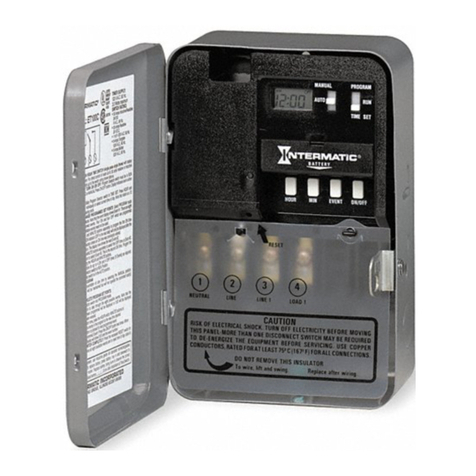
Intermatic
Intermatic ET100 SERIES Programming manual
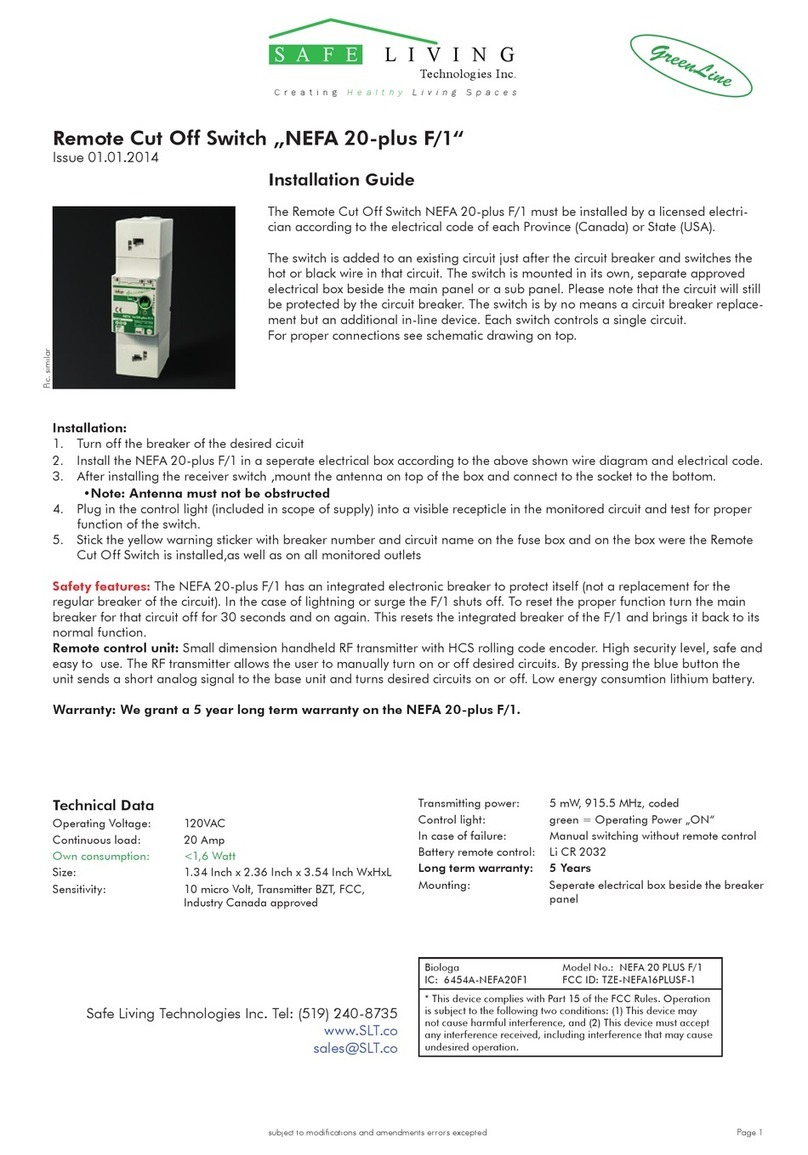
Safe Living Technologies
Safe Living Technologies NEFA 20-plus F/1 installation guide

Stahl
Stahl 8060/2-1-W-60 operating instructions

Philips
Philips LDH2545/10 Instructions for use
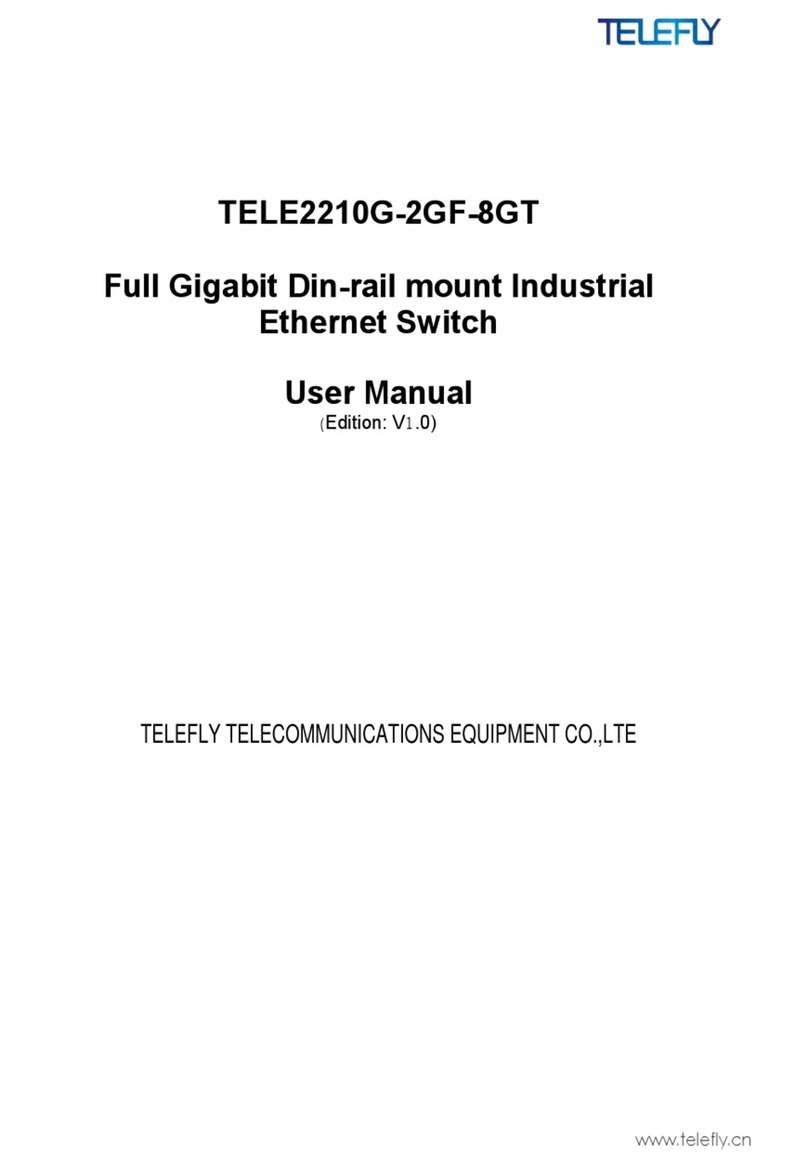
TELEFLY
TELEFLY TELE2210G-2GF-8GT user manual
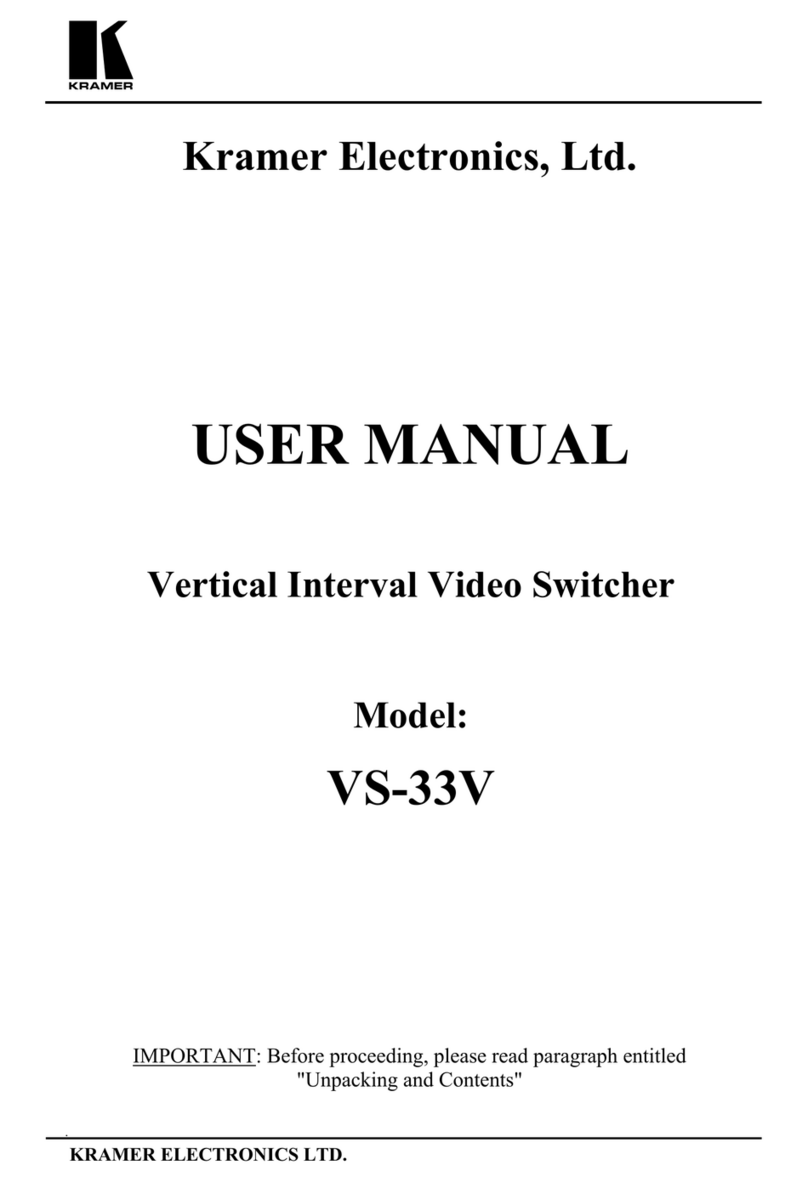
Kramer
Kramer VS-33V user manual

Cisco
Cisco SFS 3012R Hardware installation guide

Raritan
Raritan Dominion KX Quick installation and setup guide

axing
axing premium-line SPU 996-09 Operation instructions

Hawking
Hawking GS108T Specifications
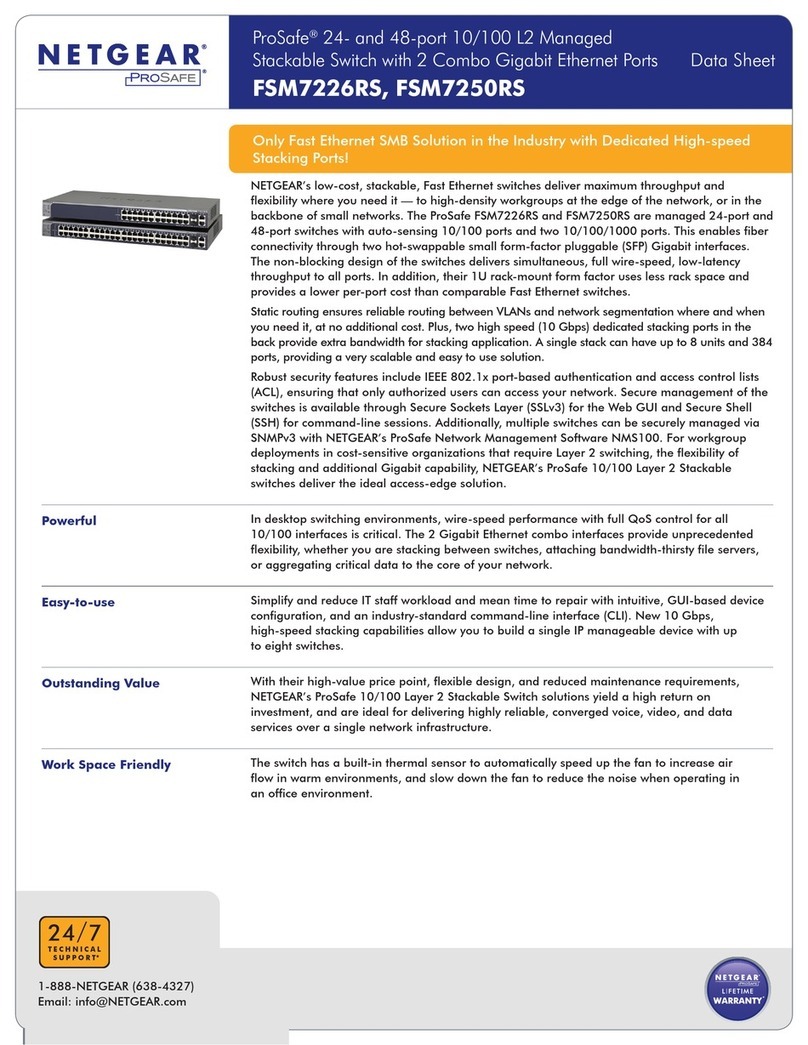
NETGEAR
NETGEAR FSM7226RS - ProSafe Switch - Stackable datasheet
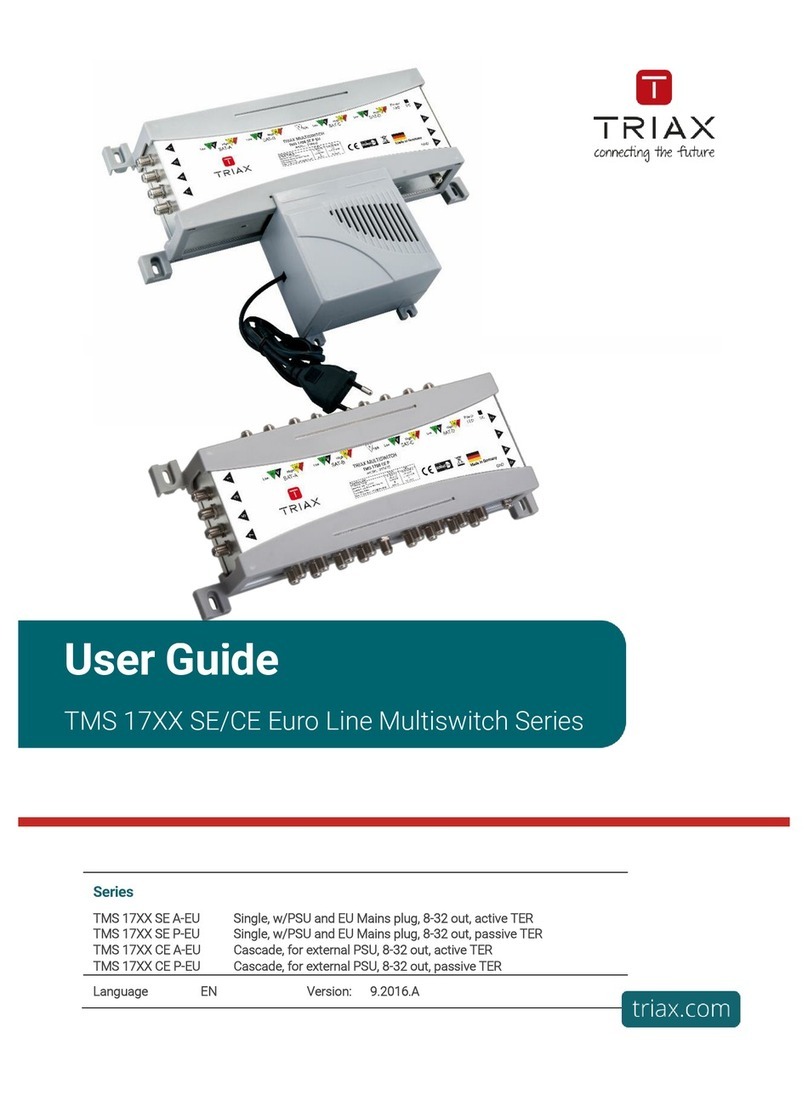
Triax
Triax TMS 17XX SE A-EU Series user guide
